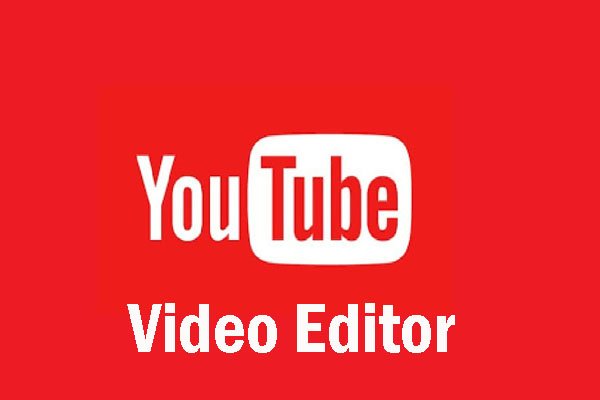The growing significance of YouTube as a marketing platform cannot be overstated. With over two billion users worldwide, YouTube’s reach and impact are immense. However, simply uploading a video isn’t enough to ensure success on this crowded platform. Proper Search Engine Optimization (SEO) practices are paramount to enhancing your video’s visibility and reaching your target audience. In this comprehensive guide, we will delve into the various steps involved in optimizing your YouTube videos for SEO.

Keyword Research
Keyword research is the first step towards successful YouTube SEO. The goal is to identify the keywords and phrases that people are using to search for content similar to yours. Use keyword research tools like Google’s Keyword Planner, Keyword Tool.io, or TubeBuddy to discover popular keywords related to your video’s topic. Incorporate these keywords naturally into your video’s title, description, and tags to increase its chances of appearing in search results.
Compelling Titles and Descriptions
Your video’s title and description are key factors that YouTube’s algorithm considers when ranking videos. Make sure your title is catchy, relevant, and includes your target keywords. Your description should provide a detailed overview of your video’s content and include your keywords naturally. The first few lines are crucial as they are visible in search results, so make them count!
Tags
Tags allow YouTube to understand the content and context of your video. Include a mix of broad and specific tags, ensuring to use your target keywords. Remember, relevancy is key, so only use tags that accurately represent your video’s content.
Custom Thumbnails:
Custom thumbnails are the first thing viewers notice. A compelling thumbnail can dramatically increase your video’s click-through rate. Ensure your thumbnail accurately represents your video’s content and is visually appealing. Including text in your thumbnail can also help grab viewers’ attention.
Video Transcription (Closed Captions)
Closed captions not only make your video accessible to a wider audience but also give YouTube more information about your video’s content. This can improve your video’s visibility in search results. You can either manually transcribe your video or use automated services, but remember to review for accuracy.
Engagement
YouTube’s algorithm favors videos that keep viewers on the platform longer. Encourage viewer engagement by responding to comments, asking viewers to like, share, and subscribe, and creating high-quality, engaging content.
Playlists
Creating playlists can increase your channel’s watch time, a critical factor in YouTube’s algorithm. Group related videos together in playlists to encourage viewers to spend more time on your channel.
End Screens and Cards
Use end screens and cards to promote your other videos, playlists, or your website. This encourages viewers to continue interacting with your channel.
Regular Posting
Consistently posting new videos can help you maintain your audience’s interest and improve your visibility on YouTube.
Video Optimization Outside of YouTube
Share your video on social media platforms, your website, and other relevant platforms. This can help you reach a broader audience and drive more traffic to your video.
Conclusion
YouTube SEO may seem daunting at first, but with a strategic approach, it becomes a manageable task. By optimizing your videos for SEO, you can enhance your visibility on YouTube, attract more viewers, and ultimately achieve your content creation goals. Remember, patience is key – SEO is a long-term investment that pays off over time.
We hope this comprehensive guide provides you with the tools and knowledge needed to optimize your YouTube videos for SEO successfully. Feel free to reach out to us if you have any questions or need further assistance in your YouTube journey!




